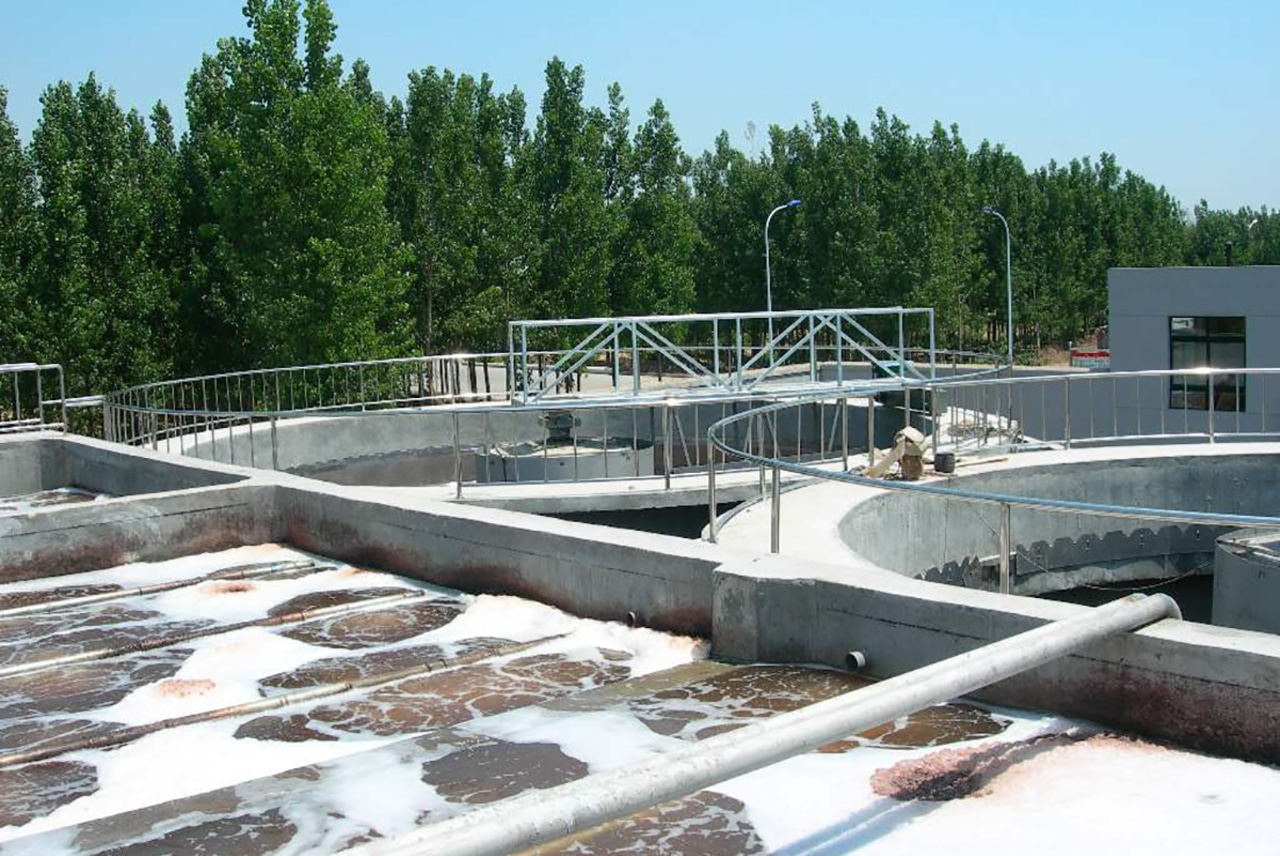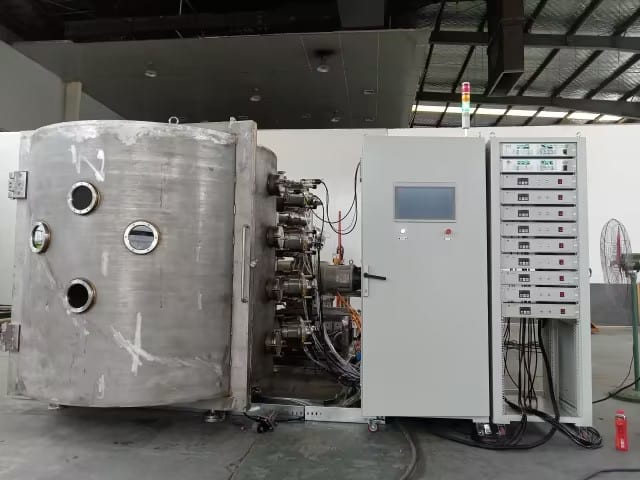The modified ditch & oxidation system effectively treats pulp wastewater by facilitating contact between activated sludge and the wastewater. Through aeration, the aerobic bacteria in the activated sludge utilize the organic pollutants in the wastewater as raw materials for their metabolic processes.

By undergoing aerobic oxidation and electrochemical, the organic pollutants within the wastewater is degraded, leading to complete removal of organic pollutants. The introduction of a new inverted aerator with umbrella-shaped surface improves the oxygenation efficiency and enhances the mixing effect between the activated sludge and wastewater, and the electro-oxidation equipment designed base on BDD electrodes are introduced to degrade organic pollutants. The wastewater undergoes numerous anoxic and aerobic reactions, electro-oxidation within the oxidation system, resulting in a higher efficiency for chemical oxygen demand (COD) removal. The modified oxidation system extends the residence time of wastewater, maximizing the benefits of combining aerobic biotechnology and electrochemical oxdiation process in treating paper wastewater.
Main Structures and Design Parameters:
Pretreatment System:
Grating ditch: Reinforced concrete structure, measuring 8.0m x 0.7m x 3.0m.
Conditioning tank: Reinforced concrete structure, measuring 10.0m x 30.0m x 6.0m.
Grille: Two units installed in the inlet of the conditioning tank. The middle grille has a clearance of 10mm, while the fine grille has a clearance of 5mm. These grilles intercept larger debris to ensure the subsequent treatment equipment operates safely.
Integrated Wastewater Treatment System:
Super-efficient shallow air flotation: Includes a unit with a diameter of 8.0m, supported by a centrifugal pump and an air compressor (model w-0.6/10).
Primary sedimentation tank: Reinforced concrete structure for sludge sedimentation after air flotation, designed with a surface load of 0.59m³/(m²-h), measuring 30.0m x 4.0m.
Temporary storage pool: It has a design for a storage time of 6 hours and an effective volume of 2500m³, built with reinforced concrete, temporary storage of waste liquid or wastewater.
IC reactor: Carbon steel anti-corrosion structure. A two-stage separation internal circulation anaerobic reactor, based on the anaerobic reactor, which degrades organic pollutants using granular sludge (anaerobic bacteria). The reactor has an effective volume of 1100m³ and measures 8.0m x 22.0m.
Modified BDD electrochemical oxidation system: The system troduced one unit of Boromond integrated treating module BMDM02 to enhance electrolyzing of wastewater and dissolved oxygen efficiency. The design ensures excellent performance in COD removal, ammonia nitrogen removal, and phosphorus removal.

Compared to conventional treatment methods, the COD treatment efficiency is increased by approximately 30%, removing around 93% of organic matter and 78% of suspended solids (SS) in this stage.
Following treatment in the modified oxidation ditch, the wastewater enters the secondary settling tank where gravity effectively separates sludge from water, resulting in effluent COD levels below 130 mg/L.
Boromond recorded data of the influent and effluent as below:
Influent : COD/ (mgL) ≤3000 mg/L, BOD≤ 1200mg/L, NH3-N≤ 80 mg/L, SS≤2500 mg/L
Effluent : COD/ (mgL) ≤80 mg/L BOD≤ 20mg/L NH3-N≤ 8 mg/L SS≤30 mg/L